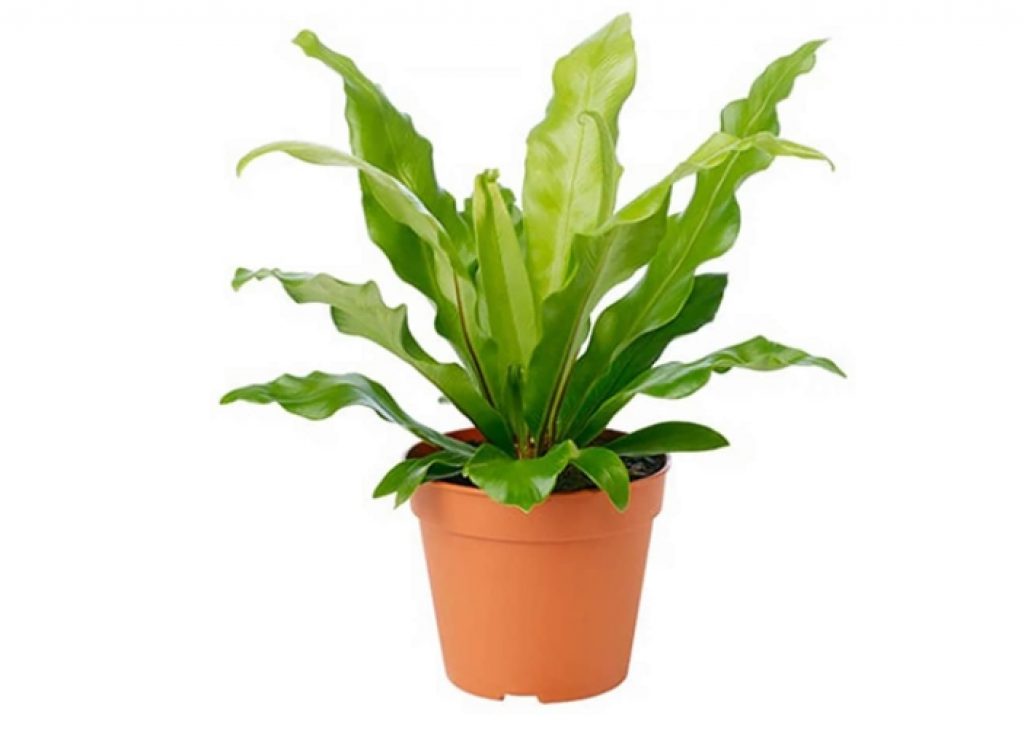The charming large leaves with simple fronds make bird’s-nest fern a lovely ornamental as well as houseplants. Are they safe for cats or poisonous?
Birds-nest fern or nest fern is a common name for epiphytic (grows on plants) ferns belonging to the Asplenium (family Aspleniaceae). However, the bird’s-nest fern species cultivated are:
- A. nidus, atemperate houseplant native to Hawaii, Australia, Polynesia, India, eastern Africa, and Christmas.
- A. antiquum, a perfect subtropical climate ornamental plant or as a houseplant in the US and Europe. It is native to East Asia (China, Japan, Taiwan, and Korea).
- A. australasicum (crow’s nest fern) is a valued ornamental plant and a vegetable in Taiwan.
The final species is Asplenium serratum (wild birdnest fern, New World birdnest fern, bird’s nest spleenwort, or wild bird’s-nest fern), which isn’t cultivated as an ornamental plant.

Are they toxic to cats?
As a cat owner, you need to be careful about which house plants you have since some are poisonous. Fortunately, bird’s-nest ferns are not toxic to cats or even dogs, making them fantastic for people who have these pets.
Remember, while they are obligate carnivores, it is not uncommon for cats to nibble a little bit of grass and other greeneries. This, therefore, calls for you to ensure all the plants you have in your house and garden, including landscaping plants, are cat-safe.
Besides nest ferns, you have many other safe houseplants such as tropical bromeliad plant, African violets, Christmas cactus, true palms like parlor, areca, ponytail, etc., aluminum plant, Boston ferns, Cushion aloe, Echeveria glauca, nerve plant, among many others.
Are they easy to grow?
While bird’s nest ferns are safe to cats and don’t need much light, they are not the easiest to grow. They need some babying, are not easy to propagate, need moist, loose soil or a peat-based potting mix, and a 68 -80 degrees Fahrenheit temperature.
